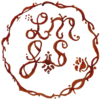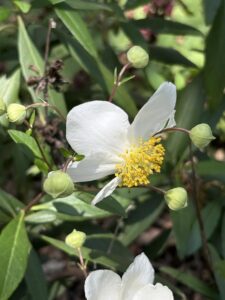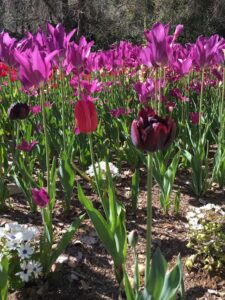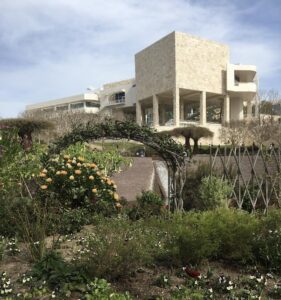in Strybing Arboretum in Golden Gate Park
Climate Zone Sunset zone 17 USDA zone 10b
55 Acres
20 Themed and Geographic region gardens
Travelogue Post- San Francisco Botanical Garden shared to the Green Speak Blog- Enjoy!
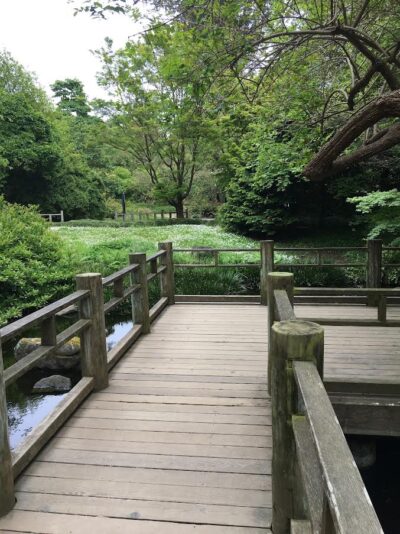
You wouldn’t think that a late December day would be the best time to visit an Arboretum but
in California the winter days can be mild and in San Francisco there is less fog in fall and
winter. In fact I have some photos in this post that I took a few years ago when I visited the Arboretum in early May. It was foggy and cool while my photos from this trip show blue skies.
It was absolutely idyllic the day I visited the Strybing Arboretum in Golden Gate Park over the
Christmas break. I was overjoyed to see so many plants blooming and everything looking so
lush and green.
Temperate Climate Plants
The San Francisco Botanical Garden and Arboretum is home to collections of plants from the Southern Hemisphere in addition to plants native to the U.S. and hybrids from Asia so Proteas from South Africa (many of the flowers shown below), Salvias and Jasmine from Chile and other exotics were full of flowers.
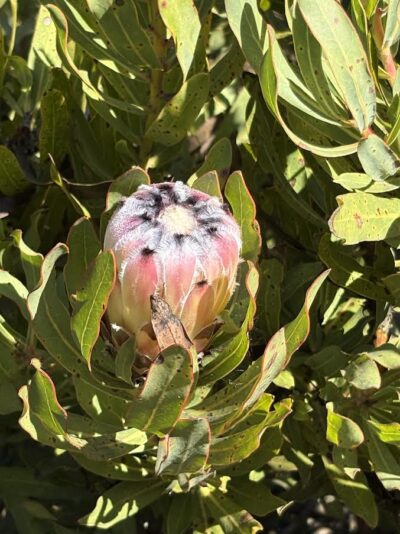
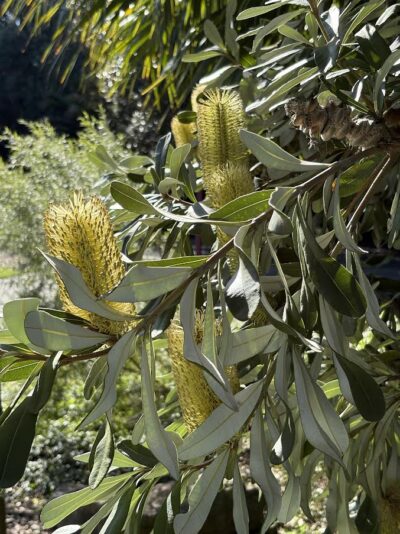
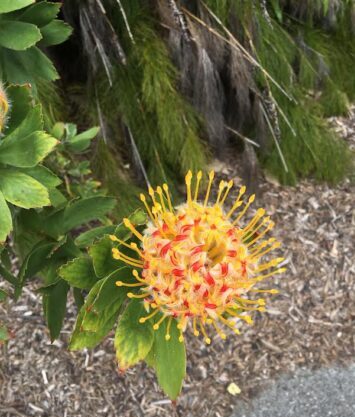
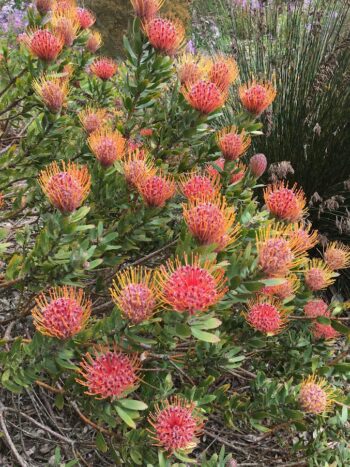
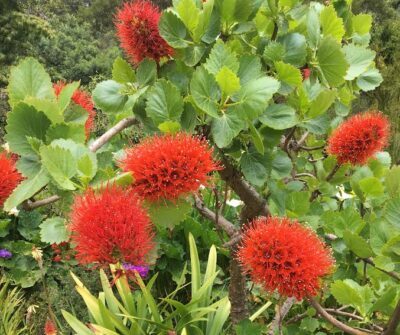
Camellias are typically winter blooming in California and were just starting in the gardens here
while further south they are in full bloom already.
The grounds are broken up into collections by global region like many Arboretums but there are
a few specialty gardens that I found very interesting on this visit.
Pre-Historic Plants!
The Ancient Plant Garden is literally a walk through geologic periods with each period marked on the boardwalk and planted with plants that lived at that time and still grow in gardens today. There are placards explaining the flora of each era. Some examples include giant tree ferns, gymnosperms like cycads, equisetums (horsetail), mosses, and early conifers like the Dawn Redwood.
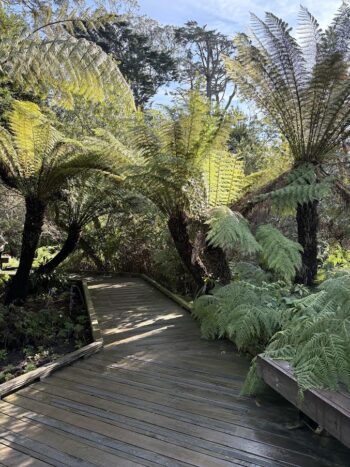
Tree ferns have always been very happy at the San Francisco Botanical Gardens in Golden Gate Park and there is a whole forest of them near the conservatory. My mother took me there as a child and explained the wonder of having prehistoric ferns, that lived at the time of the dinosaurs growing in the park. I was small enough
to gaze up into the canopy of the tops of the ferns and imagine a far off time. Going there and
to the beautiful Conservatory was truly a magical experience for little me.
Cycads
Cycads are a fascinating ancient plant appearing in fossil records over 29,000 years ago. Most Cycads are in collections today but in the Early Permian through the Mesozoic periods they were a predominant plant. Most closely related to Ginkgos these cone bearing, leathery tufts appear to be a type of palm but are not related to them. The plants contain a neurotoxin and their roots fix Nitrogen into the soil. Despite their toxicity a tribe (Yolngu) of Australian natives leach their seeds, removing the toxin, and make a paste that is a food staple. Like conifers they have a separate male pollen distributor, strobili, that pollenates the cone to produce seeds. Cycads are often seen in ancient plant collections with ferns, equisetum, Ginkgo and early conifers- the Dinosaur landscape!
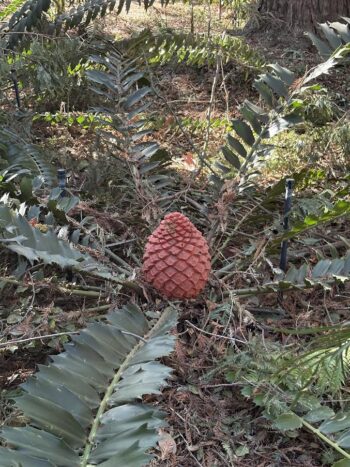
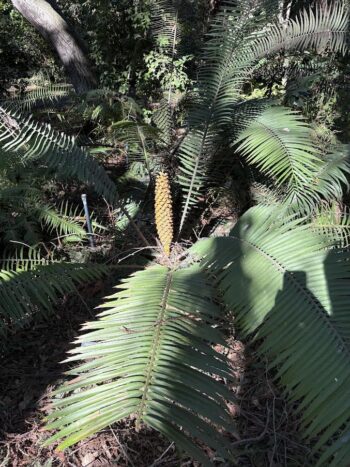
The Ancient plant garden and other parts of the Arboretum are great places to see a huge diversity of foliage types and textures. An idea that can be adapted to your home garden- using different textures, interesting bark or unusual foliage patterns in your planting areas to add interest and diversity.
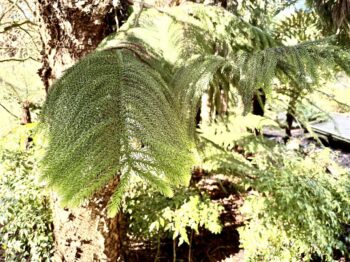
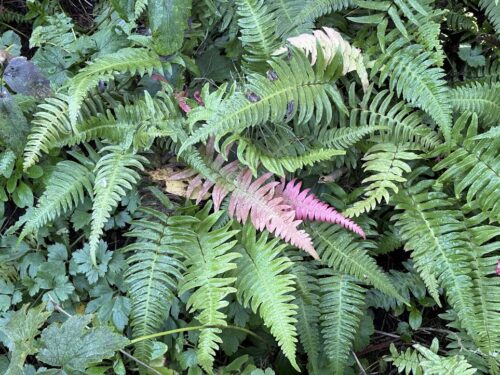
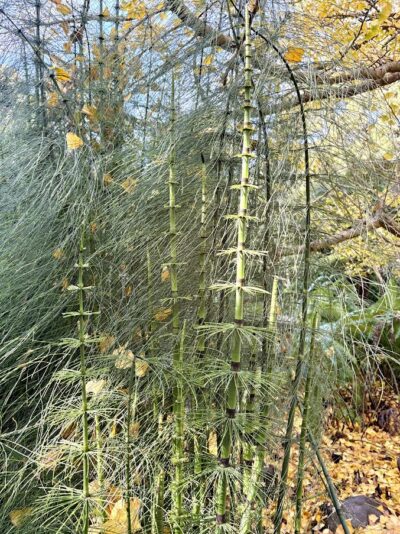
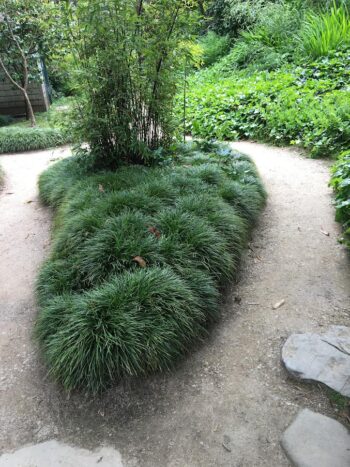
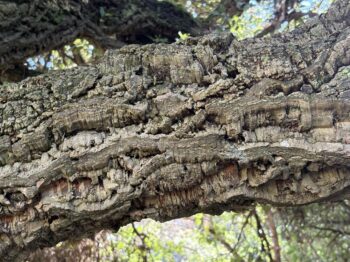
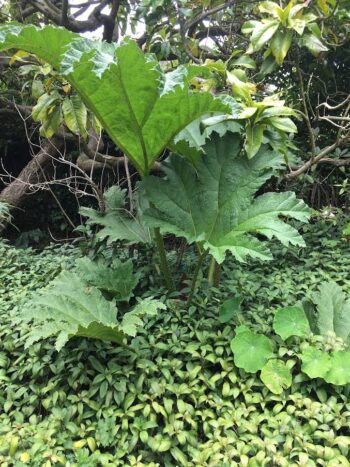
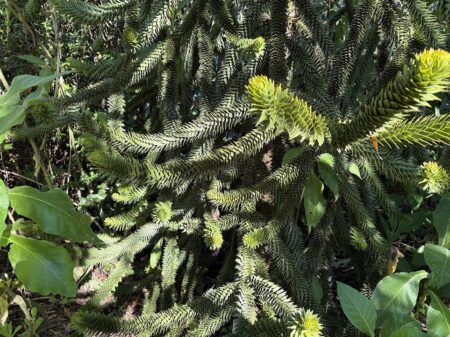
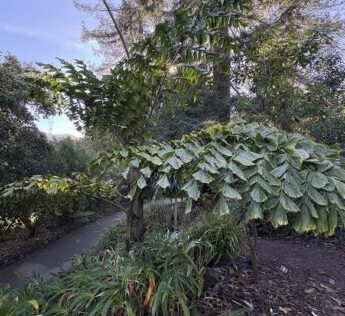
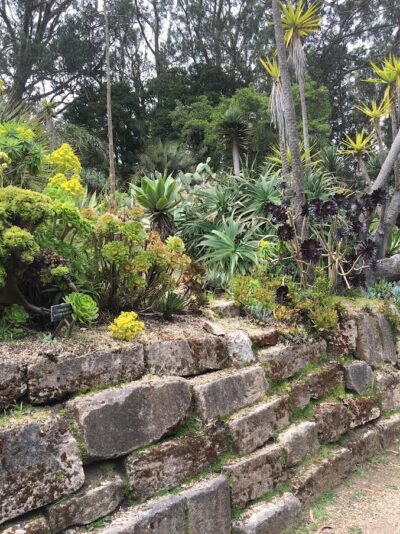
Fragrance Garden
Another of the specialized collections is a fragrance garden with easy access path ways for
visitors to be within smelling distance of the plants. Herbs like lavender and Sages are here as
well as fragrant annuals like Stock and Alyssum as well as exotics like Jasmine, Choisya and
Angel’s Trumpet. It is quite a large garden and has adjacent lawns and benches to stop and
enjoy the fragrance and views. Here are some examples of fragrant garden plants:
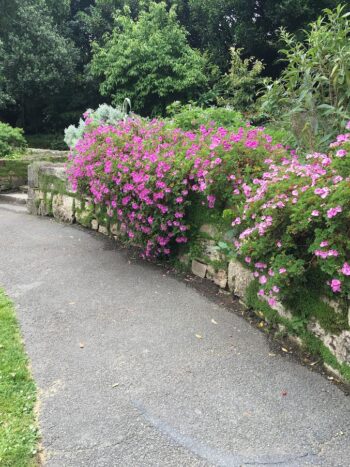
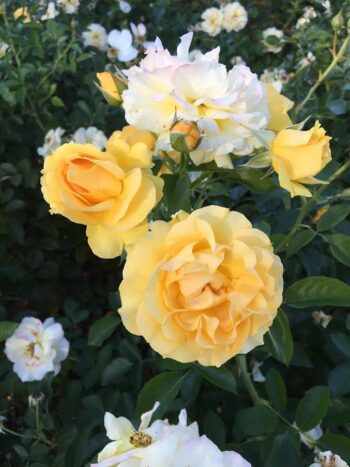
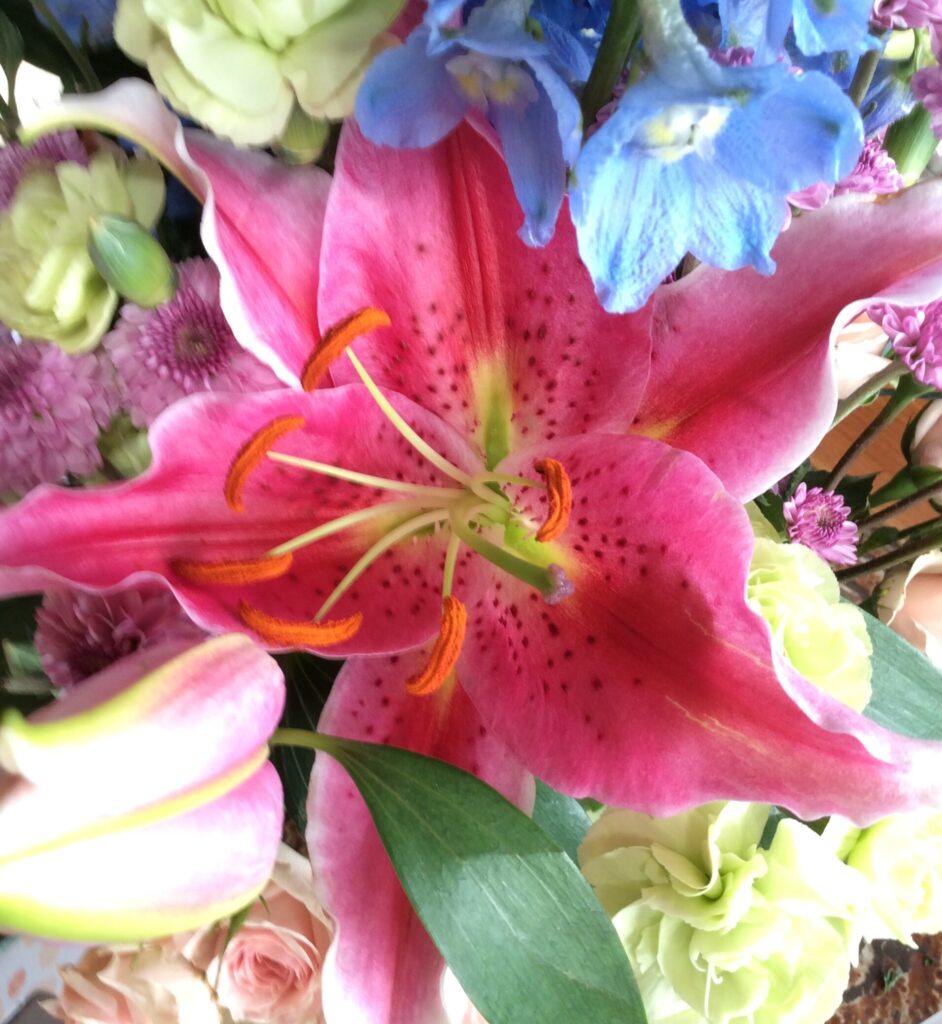
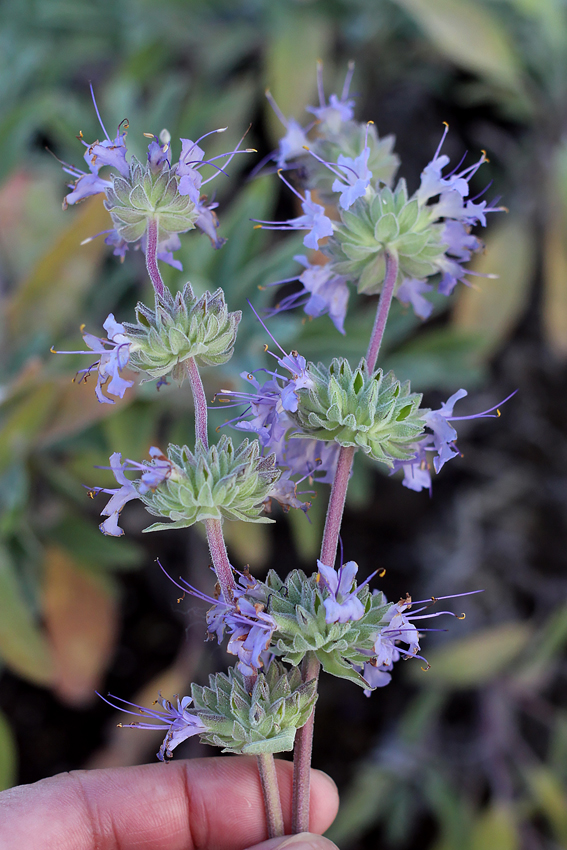
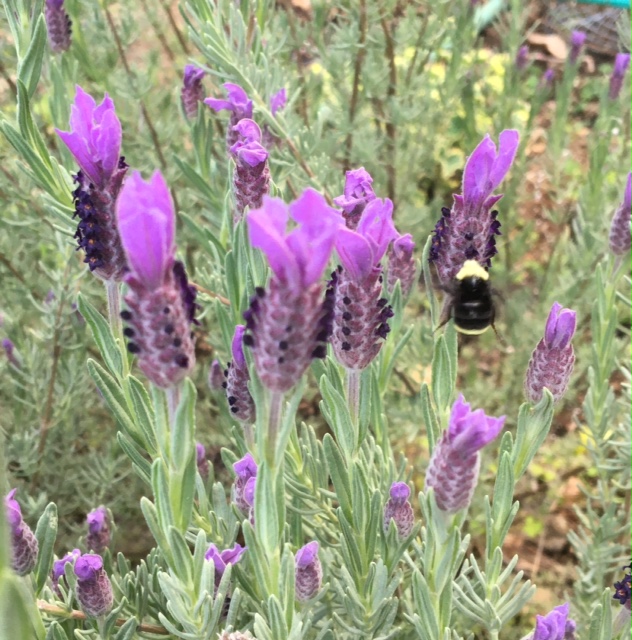
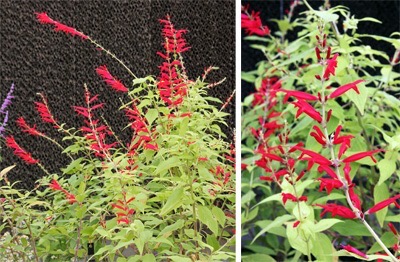
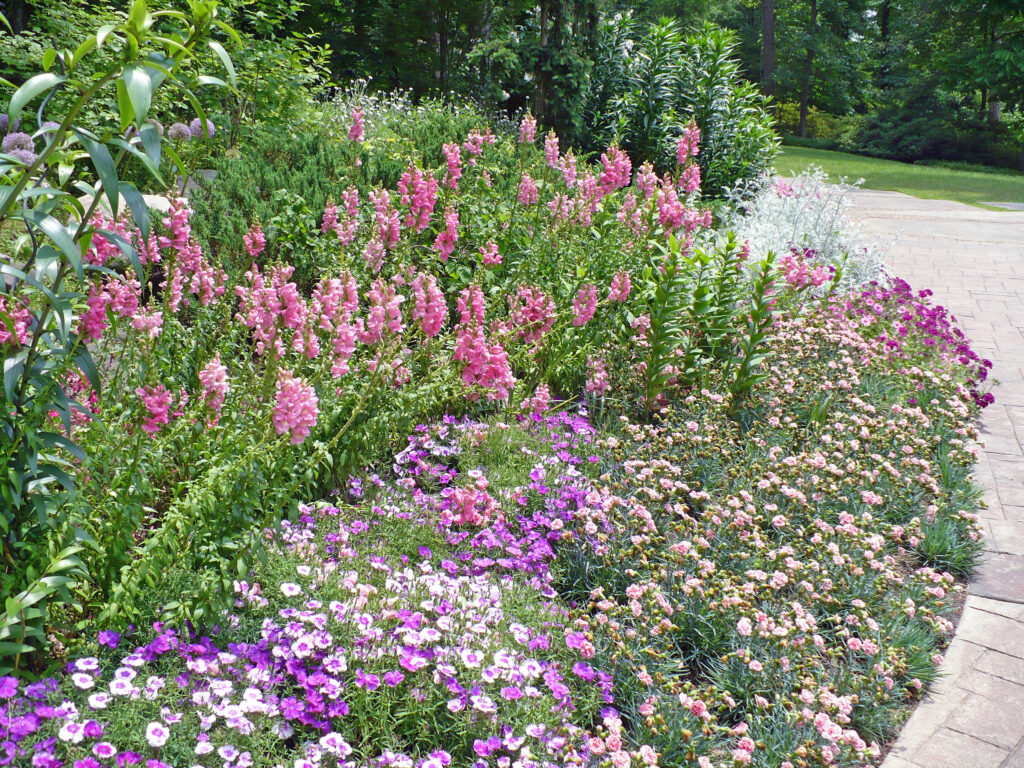
John McLaren’s Legacy at San Francisco Botanical Gardens
The San Francisco Botanical Garden and Arboretum was built in 1940 and is adjacent to the Japanese Tea Garden And
Museums. Many of the towering trees, which are all well labeled, date back to John McLaren’s day
at least 60 years ago when he supervised the plantings throughout the park.
Originally designed by the Olmsted firm, it was really the work of McLaren that transformed the sand dunes and wild hills of early San Francisco into the stellar public park that is loved by visitors and San Franciscans. Residents of the surrounding area and visitors alike enjoy the miles of paved and dirt trails, sporting areas, gardens, lakes and museums. There are even some windmills!
John McLaren is known as the father of the park and his presence is still felt in the gardens today. There is a statue honoring him in the Rhododendron Dell in the grounds of Golden Gate Park. There are gardens and botanical collections throughout the park not just in the Arboretum and one could easily spend a week or so exploring the 1,017 acres of landscaped grounds and park structures. I still find areas I haven’t seen before and love the sense of discovery when finding hidden gardens, lakes and garden structures. From The DeYoung Museum, Arboretum and Japanese Tea Garden you can walk all the way down to the Pacific Ocean on the park trails. In the Arboretum I took some photos of the many paved, crushed stone, grassy, and mulched trails. They are so inviting.
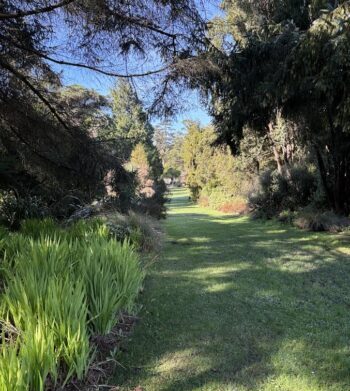
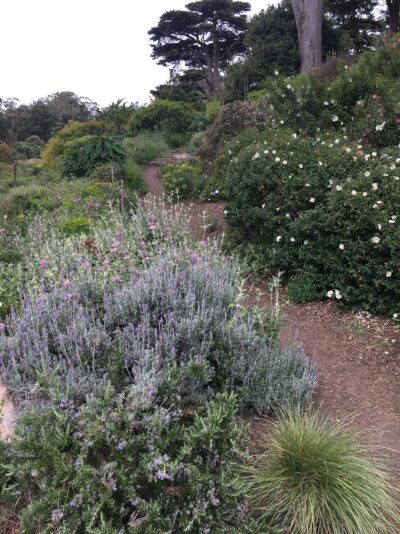
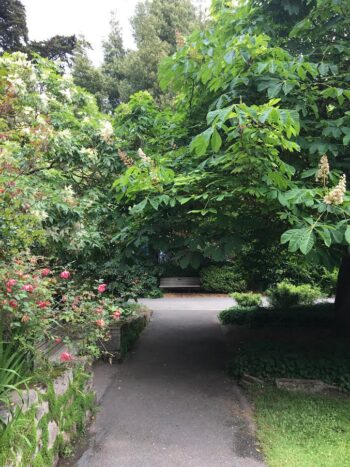
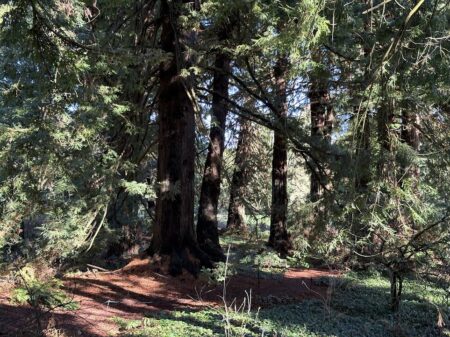
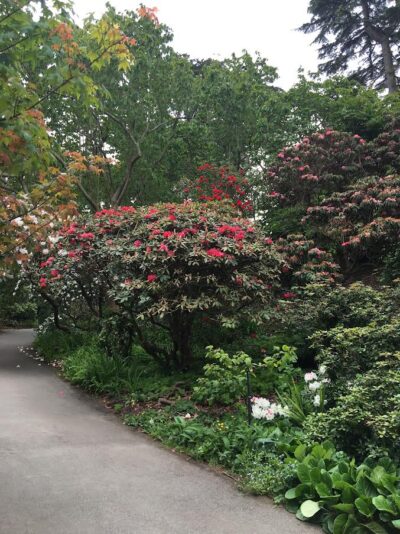
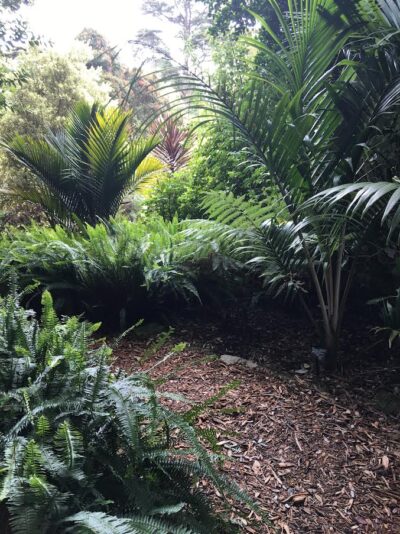
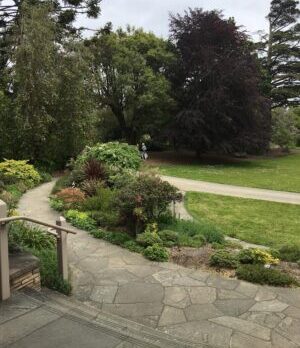
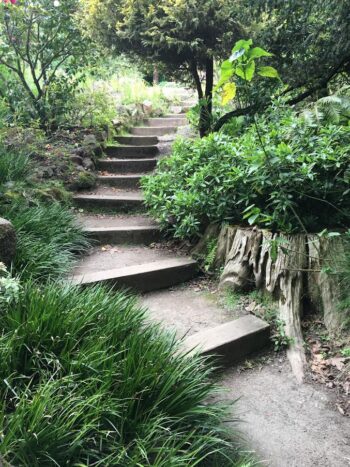
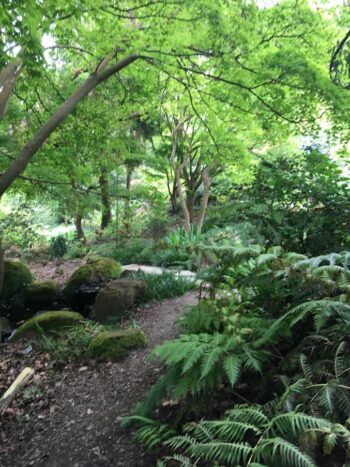
Ideas to Take Home
These are some great examples of path types that home gardeners can use in their gardens as well. Solid paths or walks should be for the main access points and driveway areas while informal path areas or trails can be used to access planting areas and run to areas less used.
There is a particularly nice section of the Arboretum dedicated to succulents and some cacti.
The old limestone block walls combined with the architectural leaf structures of the succulents,
gives an old world feel to the hillside planting. Reminiscent of Italy or Greece.
The mild temperatures of the seaside city are perfect for the growing of succulents and many
of the plants from tropical areas that would otherwise suffer from freeze damage.
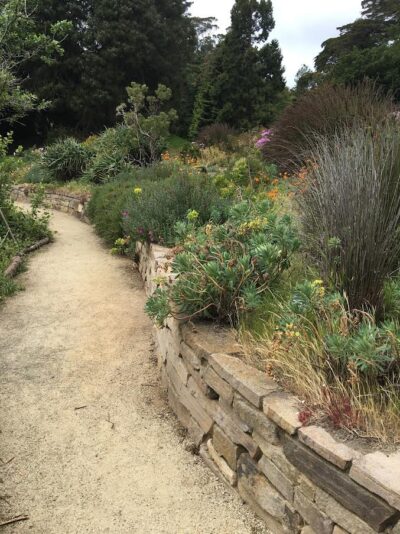
I didn’t get to visit the pollinator garden on this visit but had enjoyed relaxing on a bench on previous visits in this section of the gardens, watching butterflies, bees and hummingbirds zoom around to the flowers. The sense of being immersed in nature is one of the happy memories from
that day.
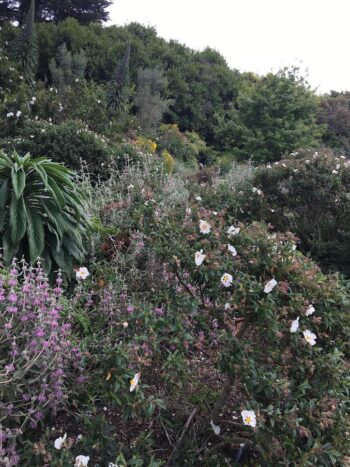
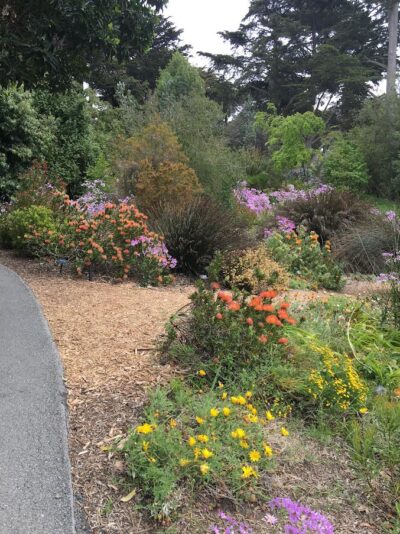
This is a family park and the large center lawns and children’s playground and garden attract
groups every weekend to walk, run and have picnics on the grass.San Francisco Botanical Garden Themes
San Francisco Botanical Garden Themed Areas
I have just covered the tip of the iceberg in the scope of the Arboretum. There are Camellia, Flowering Magnolia and Cloud Forest Collections as well as themed areas like the Moon Viewing Garden, Children’s Garden and Perennial Garden. But I was lucky to catch the Rhododendrons blooming on my previous in May and it was spectacular. The mist laden fog produces a perfect environment for Rhododendrons in San Francisco.
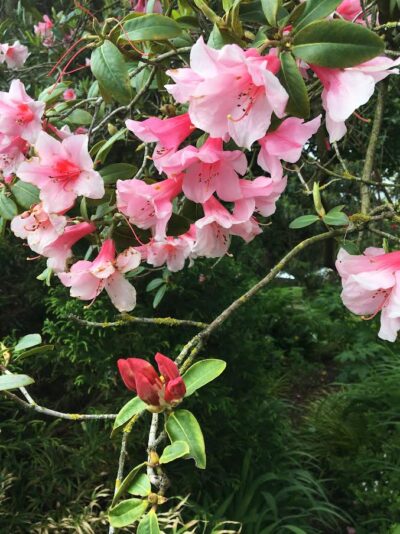
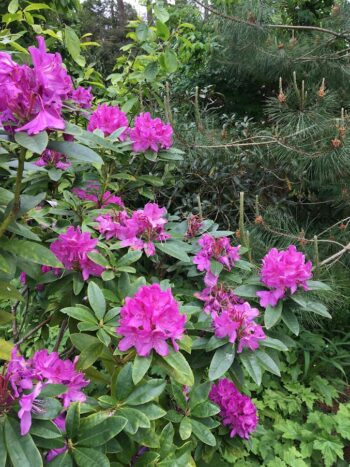
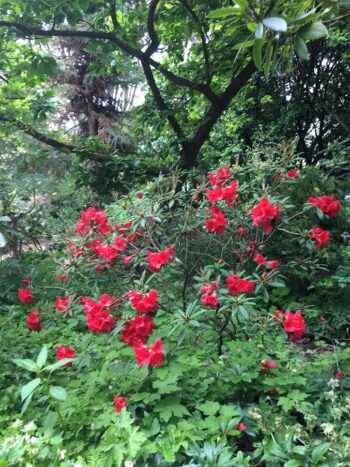

The heat of most of California now makes it very hard to grow these beauties but I was happy to see Rhododendron Gardens in New Hampshire when I stay there. Azaleas are more resilient to the warm areas as long they have regular watering and shade in the afternoon.
Plan a trip
The San Francisco Botanical Garden in Strybing Arboretum is a place that you can visit over and over again enjoying your visit every time. There is always something interesting to see, many a path to enjoy, and flowers blooming from regions all over the world. As unique as the city itself, these gardens never fail to amaze in their beauty. You can even walk from the gardens to the beach! A bit of a walk but its a fun way to see Golden Gate Park.
The parking is hard so go early if you go or take an Uber or public transportation. This time I lucked out
and found a parking spot by Stowe Lake on the ridge above the Arboretum and walked down a short
distance via a stairway to the entrance of the Arboretum. That worked out!
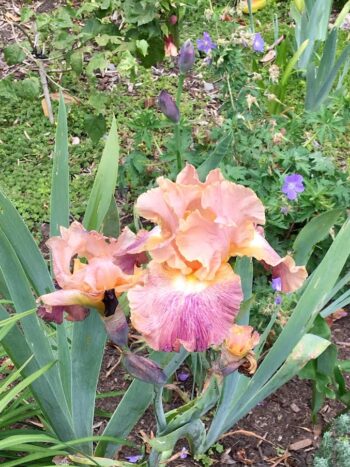
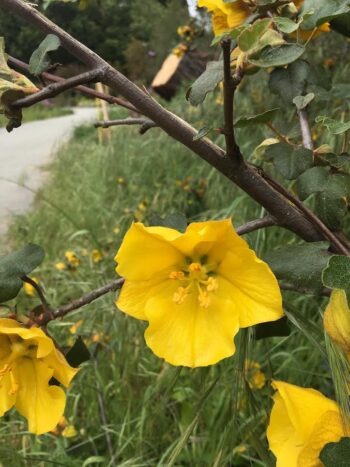

Come travel with me to some of the most beautiful gardens in the United States and beyond. The Green Speak Travelogue has articles showcasing Botanical and public gardens and tells about some of the unique habitats that are recreated for garden visitors. I have included loads of beautiful photos of the plants, structures and trails through the gardens. The Travelogue is a monthly digital publication at a low subscription price. Check it out!
